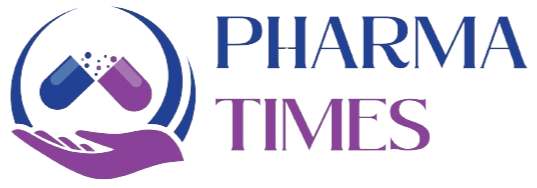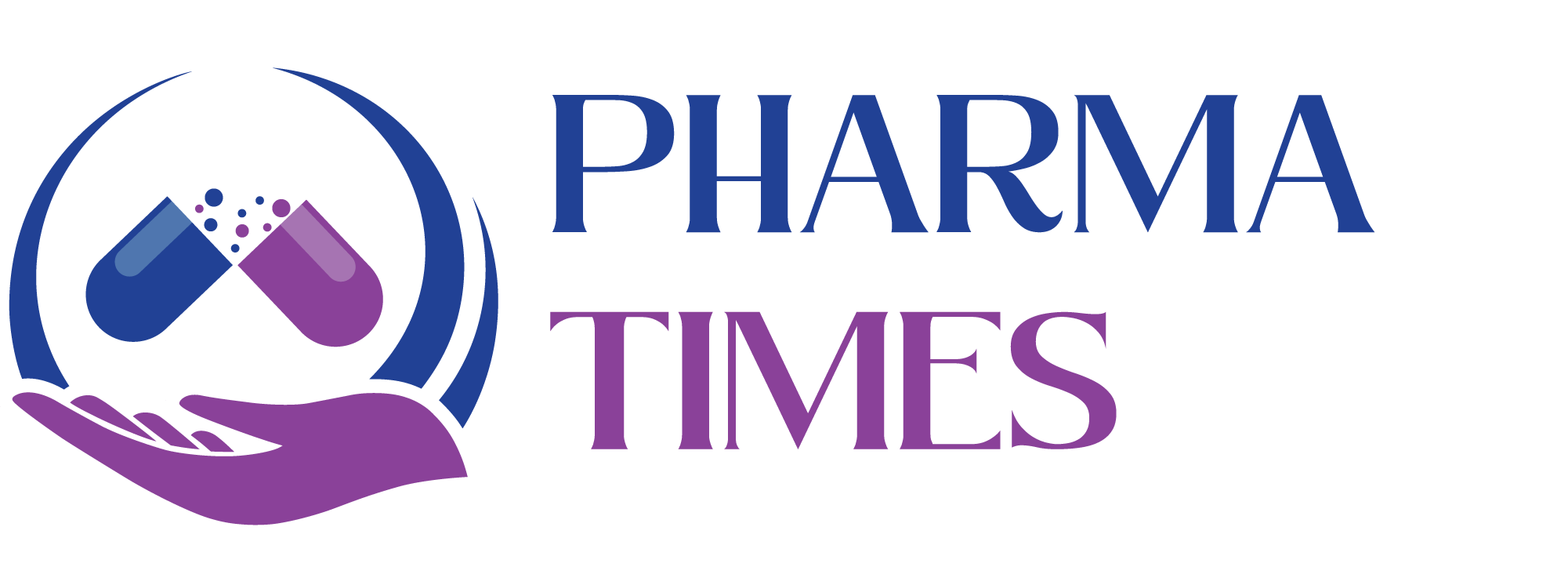Q14: Analytical Procedure Development

Analytical procedure development is the process of designing and optimizing methods to accurately and precisely measure the active pharmaceutical ingredient (API), excipients, impurities, and degradation products in a drug substance or drug product. The goal is to ensure that the method is suitable for its intended purpose and complies with regulatory expectations.
Key Steps in Analytical Procedure Development:
-
Understanding the Analyte and Matrix:
Study the chemical nature, solubility, and stability of the analyte and excipients. -
Selection of Analytical Technique:
Choose a suitable technique such as HPLC, GC, UV, or IR based on analyte characteristics. -
Optimization of Method Parameters:
Fine-tune parameters like mobile phase composition, pH, flow rate, detection wavelength, and column type. -
Establishment of System Suitability Criteria:
Define parameters such as resolution, tailing factor, theoretical plates, and %RSD to ensure consistent performance. -
Sample Preparation Procedure:
Develop an efficient and reproducible sample extraction or dilution method. -
Forced Degradation Studies:
Conduct stress testing (acid/base hydrolysis, oxidation, thermal, photolysis) to demonstrate method stability-indicating capability. -
Validation:
Validate the developed method as per ICH Q2(R2) guidelines for accuracy, precision, linearity, robustness, LOD, LOQ, and specificity. -
Documentation:
Record all development trials, rationale for parameter selection, and method optimization steps.
Objective:
To develop a reliable, specific, accurate, and reproducible analytical method that can be validated and transferred for routine QC analysis.

